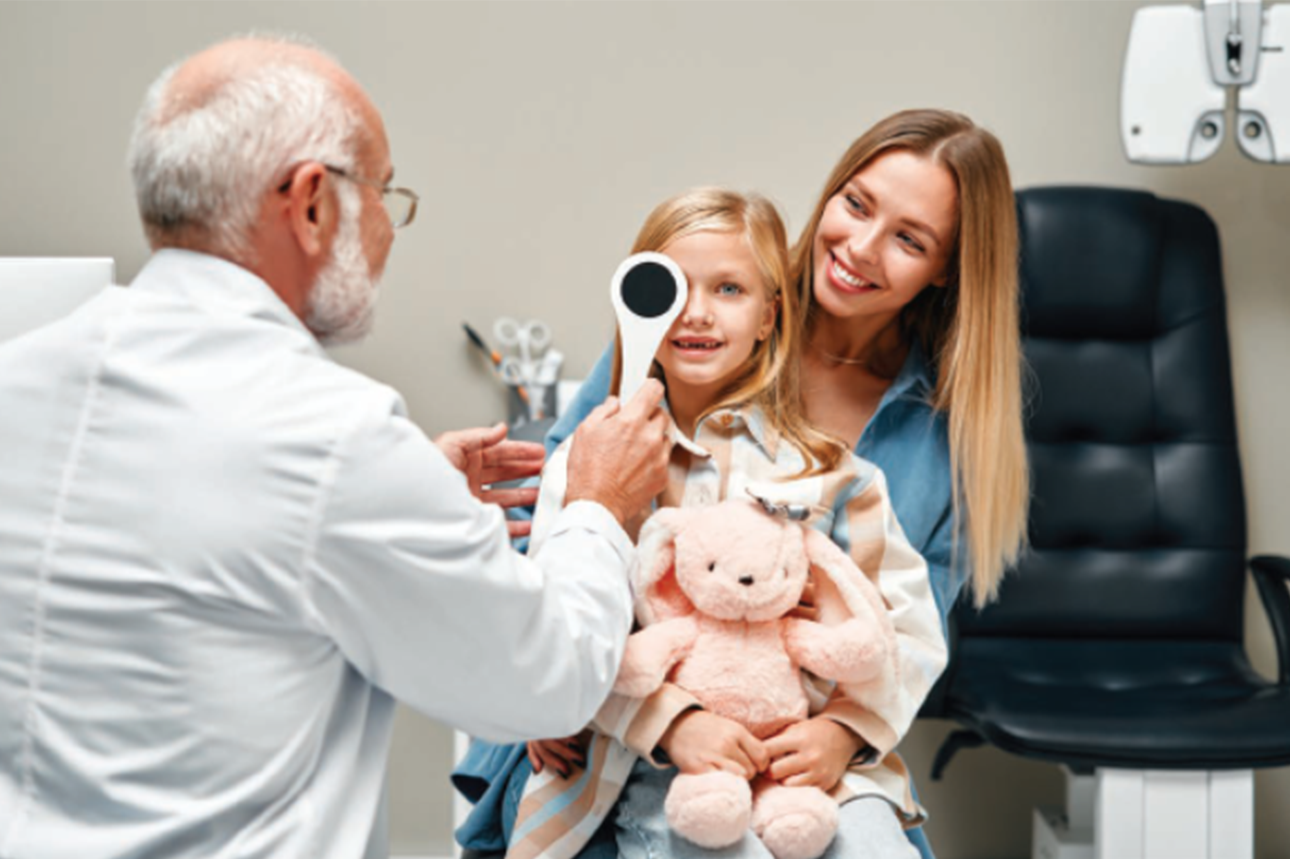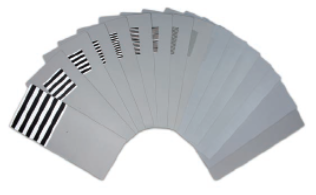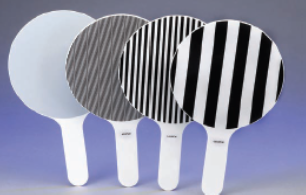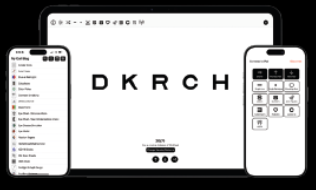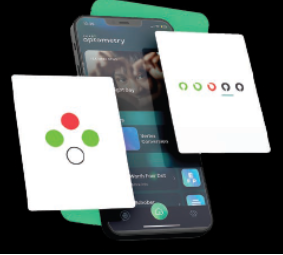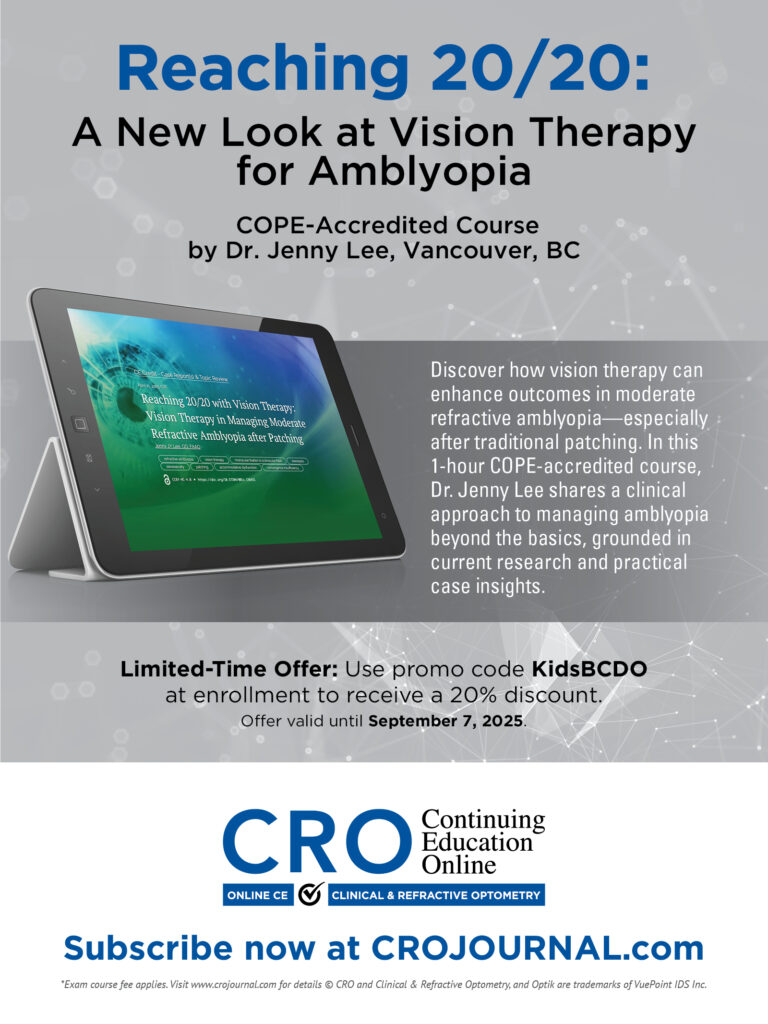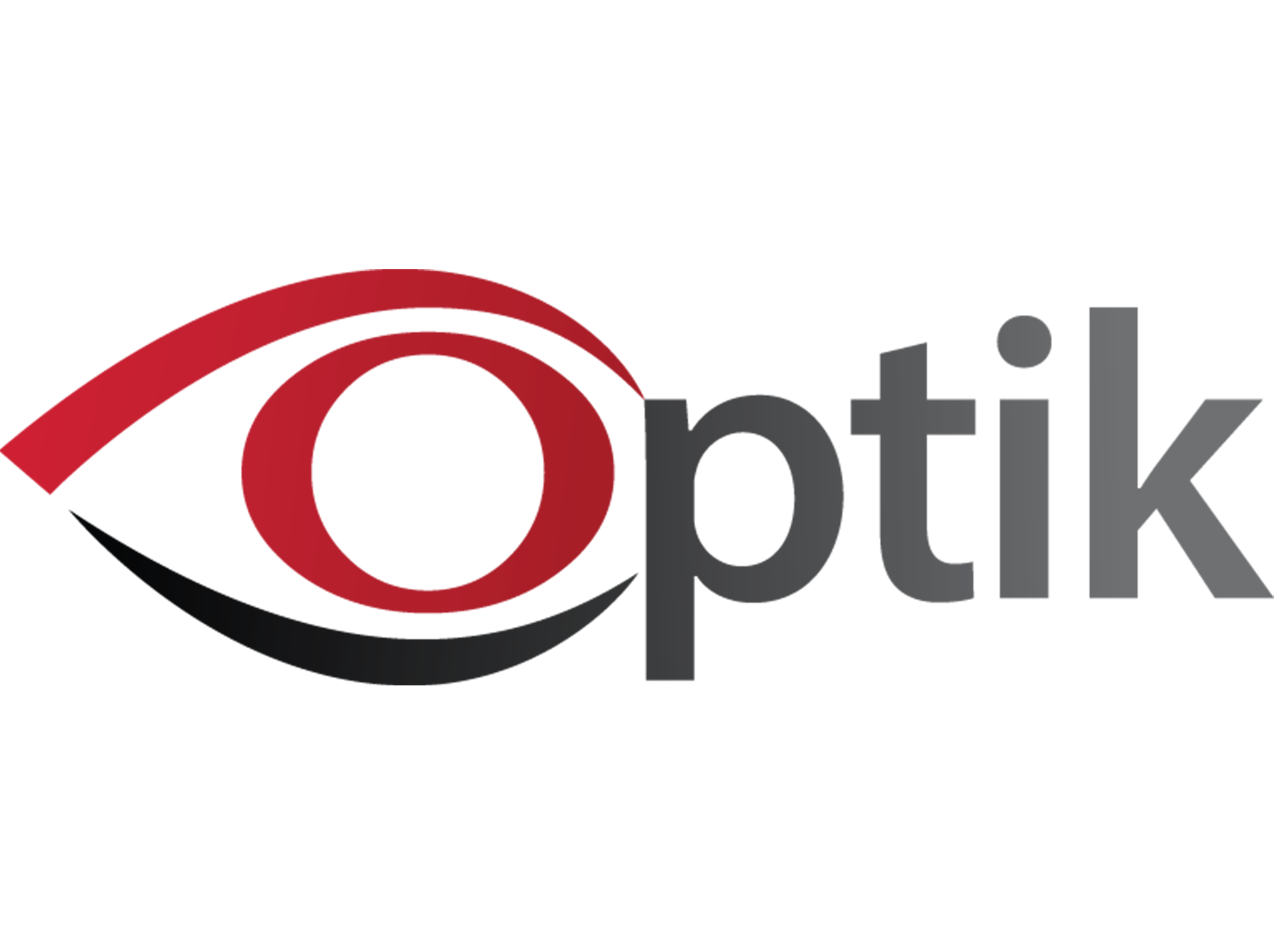
Optik Magazine
Routine eye examinations for children can feel like a breeze for some practitioners and a source of anxiety for others. A streamlined experience, from booking to check-out, makes all the difference.
It can be challenging to assess vision problems in children, and even more so when they have an established learning disability, developmental delays, or behavioural difficulties. Yet these children are more likely to need glasses or have treatable eye issues that are often overlooked.1 For instance, a child might struggle with spelling because they see double or blurry letters, and not just because of learning difficulties.
As an optometrist who exclusively worked with children with learning disabilities and developmental delays over the course of my residency, here are three practical strategies to help pediatric exams run efficiently while keeping the experience positive for everyone involved.

1. Get to Know the Child (and Parent!) Before They Arrive
Online intake forms save time and offer early insight into the child’s needs. Include questions about their comfort level, fears (e.g., fear of the exam room), attention span, and whether they’d prefer testing in the waiting area.
If the child has a very short attention span or may not prefer to have their parent in the room during the eye exam, these needs should be communicated before the exam date so that accommodations can be made in advance and the overall visit experience is positive. If there are developmental delays that might make standardized testing difficult, it can help to have pictures and alternate testing methods printed out beforehand so the patient is familiarized. For instance, pictures of various Allen symbols can be sent home ahead of time, and the child’s favourite videos can be pulled up on a phone or tablet in preparation.
2. Minimize Pre-Test Time and Maximize Chair Time
For an optometrist who may not have a lot of pediatric equipment, a common inclination might be to have the child go through as much pre-testing as possible, such as auto-refraction, non-contact tonometry, and fundus imaging. While information from the pre-testing is incredibly useful, pre-testing like auto-refraction or non-contact tonometry can overwhelm children, especially during their first visit.
More often than not, auto-refractor results are unreliable due to extremely flexible accommodative systems and can throw the exam off track trying to determine if the –8.50 auto-refractor values are real. Completing a child eye exam is in some ways like competing with a ticking time bomb – remember that children can tire quickly within the first 15 to 20 minutes of the eye exam, and it’s better for that precious time to be spent in your chair rather than fighting for fixation in the auto-refractor.
Instead, start with simple, non-intimidating tests like pursuits, saccades, and near point of convergence. These don’t require verbal responses and help ease the child into the exam. Follow with interactive tests like colour vision and stereopsis, which are fun and engaging.
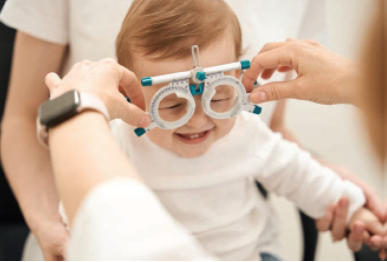
Once rapport is established, transition into key assessments: visual acuity, refraction, and ocular health. Fundus imaging and auto-refraction can always be deferred so long as there are no immediate concerns, and depending on the child’s energy and cooperation. Flexible sequencing helps build trust and can improve cooperation during glasses fitting with the optician and for future visits.
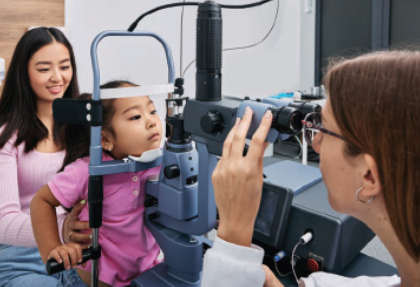
3. Make use of Alternative Testing Devices and New Technology
Pediatric eye exams can feel intimidating when tools such as Teller acuity cards, Lea paddles and various indirect ophthalmoscopes aren’t readily available in the clinic. However, it’s important to remember that many alternatives exist and that ultimately, the main focus is to observe the child’s behaviour. Many small toys, videos, and picture books can function as fixation targets.
There are also various phone applications that ECPs can use which contain fixation targets, near fixation optotypes, and even extended testing such as screen distance measurements. Mobile apps like My Call Bag and Smart Optometry offer near and distance visual acuity tests and other kid-friendly tools.
Features like Apple’s “Screen Distance” setting also allow for parents to help monitor visual habits even when they can’t actively observe their children. This can be of particular use as children with autism tend to develop higher rates of refractive error while also experiencing greater difficulties with glasses wear due to sensory issues.2,3
Remember: Keep Pediatric Eye Exams Short, Sweet and Flexible
Above all, pediatric exams should be adaptable. Building a positive, low-stress experience promotes long-term cooperation and allows early identification of visual issues. A flexible approach not only improves outcomes—it strengthens trust with families and sets the foundation for lifelong eye health.
Disclaimer: The author has no financial relationships or ties with the aforementioned companies or applications described in the article.
References
- Donaldson L, O’Brien D, Karas M. A review of the evidence that people with learning disabilities experience eye health inequalities: What policies can better ensure an equal right to sight? Br J Learn Disabil. 2024;52(2):302-311. doi:10.1111/bld.12573
- Reynolds M, Culican SM. Visual Autism. Children (Basel). 2023;10(4):606. Published 2023 Mar 23. doi:10.3390/children10040606
- Zain A, Akram U, Khalid T, Nadir M, Akhtar M. Refractive Errors Linked to Autism Spectrum Disorders in the Pediatric Population and Young Adults: A Systematic Review and Meta- Analysis. Rev J Autism Dev. Disorder. 2024. Published 5 Jul 2024. doi:10.1007/s40489-024-00468-9.

Jenny Lee is a current resident in Pediatrics and Vision Therapy at the University of Waterloo. She obtained her optometry degree in 2023 from the Waterloo School of Optometry and Vision Science. Originally from Vancouver, BC, Jenny is an avid hiker, painter, and enjoys paddleboarding making Instagram reels in her spare time.

